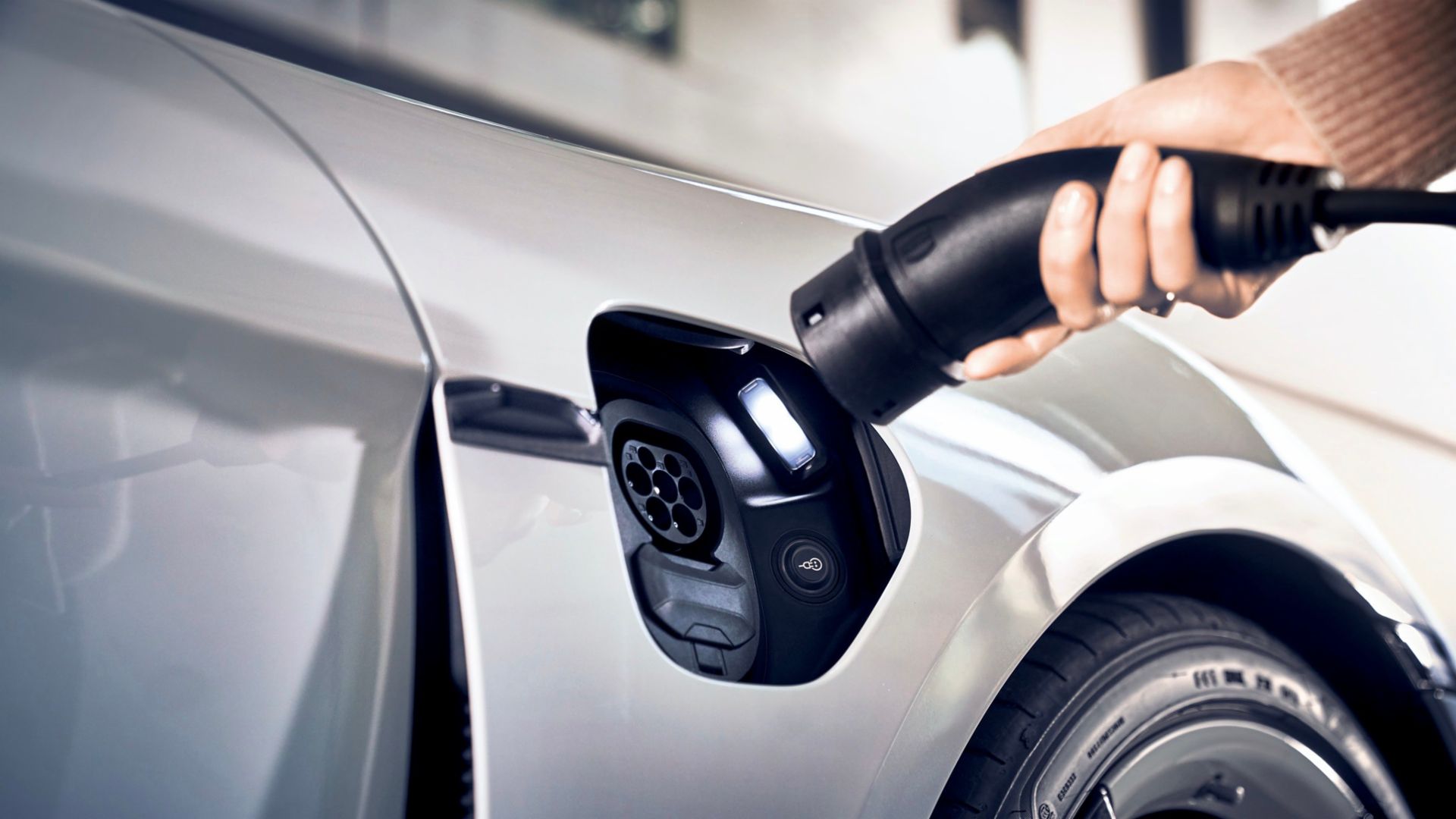- Joined
- Dec 7, 2021
- Messages
- 1,847
- Reaction score
- 1,875
- Location
- Saratoga, CA
- Cars
- DE-P 21" Eureka Gold
- Air DE Number
- 337
- Referral Code
- YA7XYHFV
Supposedly the new CyberTruck is 800 volt.
Yes, has mentioned another place here and on the Internet. They have a switch on board that will either switch to two 400 V batteries in parallel or 800 V in series, so the cyber truck can charge at the current Tesla chargers. When they have there 1000 volt, V4 chargers available, it will be able to the charge on those at 800 V.Supposedly the new CyberTruck is 800 volt.
What's the big advantage of 12v vs the 48v the Tesla debuted with?“
800-volt charging is not to be confused with 800-volt vehicle architectures—permitting motors, inverters, and other core components to run at higher voltage. That offers a different set of efficiency, performance, and weight-saving advantages, especially in tandem with high-voltage charging.
Although an 800-volt architecture helps maximize all those benefits, it isn’t necessary to reap what matters the most right now to a number of EV shoppers looking at road-trip viability—and how quickly they might get electrons into position in the battery pack's cells.”

These EVs have 800V charging: Why it’s better with or without Tesla’s NACS
The shift to Tesla’s Supercharging network might not benefit electric vehicles with 800-volt fast-charging capability. Yet.www.greencarreports.com
Yes, it’s theoretically possible to get 350kW if Tesla eventually builds 1000V stations. Time will tell.
Advantage of 12v is that there are infinitely many commodity parts that use 12v. It's been around for 70 years or so, so there are just tons of off-the-shelf cheap, commodity parts.What's the big advantage of 12v vs the 48v the Tesla debuted with?
I know far less copper and wired, space savings and weight?
My guess on the CT is that there are only a few 48v components like steer by wire and rest are still at 12V run with a step down converter. Tesla does source a lot of there own parts so more may be 48V than I think.Advantage of 12v is that there are infinitely many commodity parts that use 12v. It's been around for 70 years or so, so there are just tons of off-the-shelf cheap, commodity parts.
 electrek.co
electrek.co
I am surprised the auto industry has not shifted broadly to 48v. It was a hot topic when I was in the industry back in the 1990’s. It has advantages all around.In addition to reducing vehicle wiring harness size and weight, 48V operation also allows for reduced-volume electronics, connectors, etc. Everything in the low voltage system can be made smaller and lighter.
There are a few vehicles that have - Lotus Eletre for example. It’s not exactly *difficult*; the issue is mainly that there are many orders of magnitude more 12v parts off the shelf than 48v parts. So it’s this cat and mouse game where the parts suppliers have to start supplying 48v parts, and the supply isn’t quite there yet as the vast vast majority still use 12v.I am surprised the auto industry has not shifted broadly to 48v. It was a hot topic when I was in the industry back in the 1990’s. It has advantages all around.
Chicken and egg?So it’s this cat and mouse game where the parts suppliers have to start supplying 48v parts, and the supply isn’t quite there yet as the vast vast majority still use 12v.
I stand corrected. The hot topic in the 90’s was 24v. I think the light bulb issue could have been quite easily figured out if people really wanted to innovate and not just cut cost by 5 cents at a time.When I was covering automotive electronics/infotainment for the Chicago Tribune, ca. 1990, Ford engineers told me they really wanted to switch to 24 volts for weight and cost savings. The issue holding them back at that time was light bulbs. Bulbs with 24v filaments were too fragile for on-road use and those thinner filaments could not withstand the vibration. Of course, today, with LED lights that's irrelevant.
I even remember the original VWs and older US cars had 6 volt electrical systems.

 driveteslacanada.ca
driveteslacanada.ca
When so many people wanted the switch to NACS I really wondered if Tesla owners would be happy with it lol, and in the end they only used that as an excuse to tell people not to buy cars with J1772The Tesla people are going to love all the Bolt owners slow charging to 100%, not that there's anything wrong with that.
Hilarious how tesla fans are like that..When so many people wanted the switch to NACS I really wondered if Tesla owners would be happy with it lol, and in the end they only used that as an excuse to tell people not to buy cars with J1772
But never wanted us to be able to switch.
Now that we can, they're totally against the idea because of others hogging the charging lines
To be fair, that's not a Tesla fan thing. That's a 99% of the population thing. People are generally pretty selfish.Hilarious how tesla fans are like that..
I own both Tesla cars since 2012 and Lucid car since 2022 and I have no problem with people from any brand are willing to pay Tesla for charging at Tesla stations instead of Lucid stations.Hilarious how tesla fans are like that..
I agree, but the big difference is how long people are there. Even here in Utah, most Tesla charging stations are ALWAYS full, because people use Model 3's as Uber and Lyft. Those guys are always supercharging.I own both Tesla cars since 2012 and Lucid car since 2022 and I have no problem with people from any brand are willing to pay Tesla for charging at Tesla stations instead of Lucid stations.
It's like arguing Exxon vs Shell gas stations. Coke vs Pepsi It's pointless.
